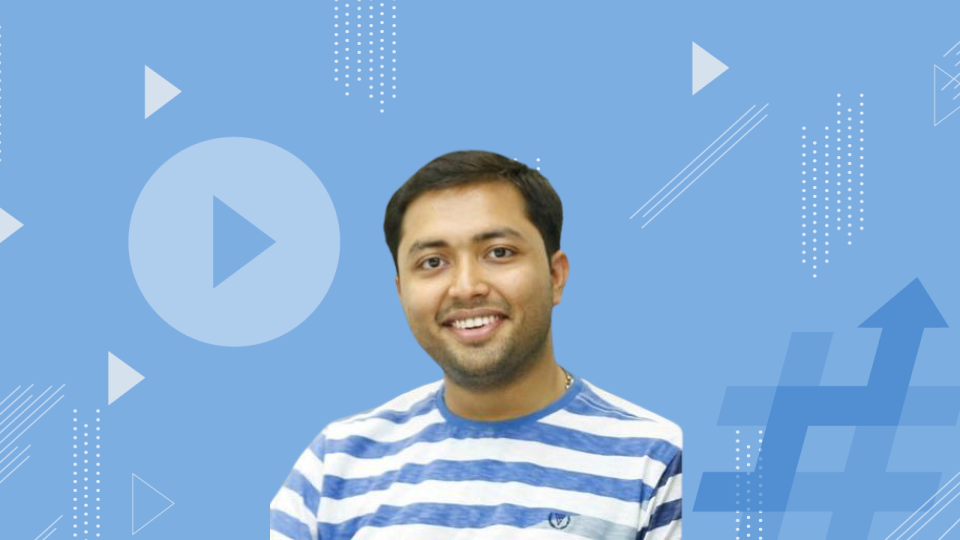Parenting “theAsianparent”
Timestamps

00:01:56
theAsiaparent and Mama’s Choice
00:03:48
Building The Mission Of The Company
00:04:48
Product Building in Singapore and Southeast Asia
00:06:55
Southeast Asia Play - Going Hyper Target and Hyper Localised
00:08:13
Building a Holistic Product
00:09:26
Finding Good Talent In Southeast Asia
00:11:25
Know Yourself And The Kind Of Leader You Are
00:14:43
The Process of Building a Business
00:16:03
Collecting and Using Data To Make Better Decisions
00:17:35
Hyper Targeted Customer Journeys
00:19:03
Building a Socially Responsible Business With a Purpose
00:21:31
Focusing on Profit Along With Purpose
00:01:56
theAsiaparent and Mama’s Choice
00:03:48
Building The Mission Of The Company
00:04:48
Product Building in Singapore and Southeast Asia
00:06:55
Southeast Asia Play - Going Hyper Target and Hyper Localised
00:08:13
Building a Holistic Product
00:09:26
Finding Good Talent In Southeast Asia
00:11:25
Know Yourself And The Kind Of Leader You Are
00:14:43
The Process of Building a Business
00:16:03
Collecting and Using Data To Make Better Decisions
00:17:35
Hyper Targeted Customer Journeys
00:19:03
Building a Socially Responsible Business With a Purpose
00:21:31
Focusing on Profit Along With Purpose


